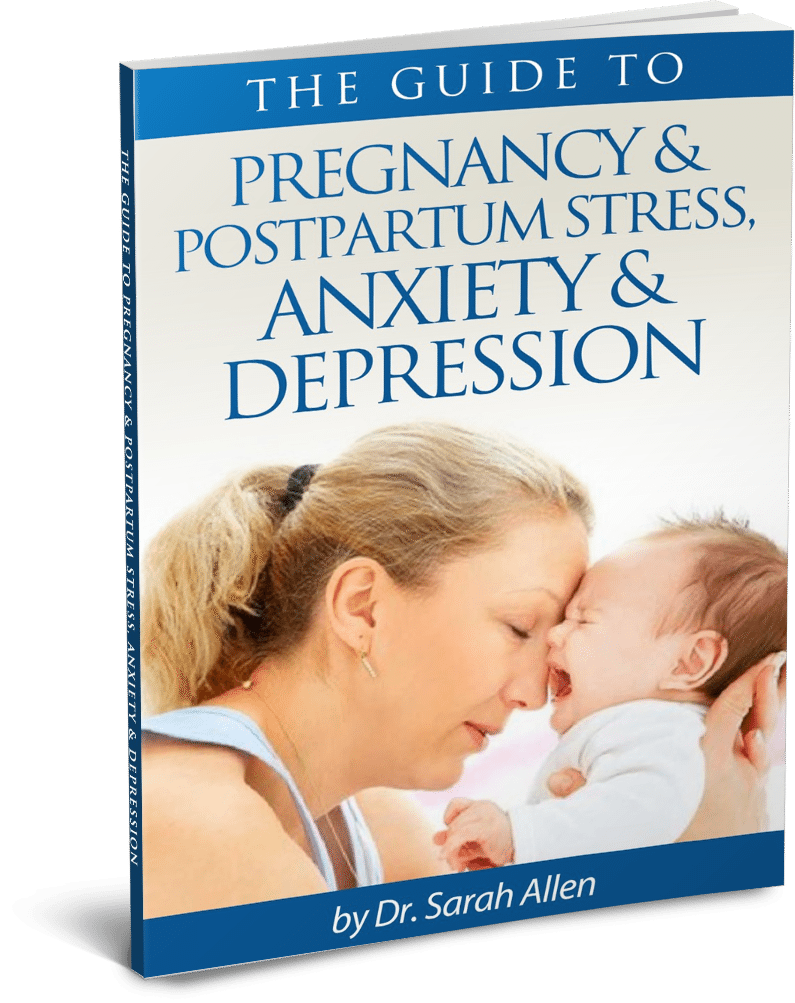
It’s really hard to have a baby that is crying from colic. It can make a mom feel quite helpless, frustrated and overwhelmed, especially when you are tired. The colicky phase does end but while you are in it it can seem to go on forever. In the meantime, here are some great tips to try.
8 Tips For Dealing With Colick
1.Use Gentle Sounds: Babies are often soothed by repetitive, gentle sounds, similar to those they experienced while in the womb. Try white noise machines, fans, or even the sound of a running washing machine to help soothe your baby.
2. Swaddle Your Baby: Swaddling can help recreate the comforting tightness of the womb. Make sure your baby is swaddled securely, but not too tightly, to provide a soothing environment.
3. Try a Pacifier: Pacifiers can offer comfort. Sucking on a pacifier can provide a calming effect and help soothe your baby when she’s upset.
4. Use a Baby Carrier: Baby carriers allow for close contact which can comfort a restless baby. Walking around with your baby in a carrier can provide the motion that many babies find soothing.
5. Consider a Dietary Change: If you’re breastfeeding, your baby may be sensitive to something in your diet. Try eliminating common allergens like dairy, wheat, and soy to see if that helps. If your baby is formula-fed, ask your pediatrician about switching to a hypoallergenic formula. Always consult your healthcare provider before making any changes to your baby’s diet.
6. Feed More Frequently: Rather than waiting until she’s extremely hungry, try to feed your baby more frequently. Hungry babies tend to eat quickly, resulting in the ingestion of more air.
7. Engage in “Ride A Bicycle”: Surprisingly, this technique involves lying your baby on her back and gently cycling her legs as if she’s riding a tiny pretend bicycle. This movement helps facilitate the passage of gas through her system. Additionally, massaging her tummy around the navel area can offer relief from gas pains. Another helpful method is placing her across your legs, face down, so that one thigh gently presses on her tummy while soothingly rubbing her back, aiding in the movement of those air bubbles.
8. Opt for a Semi-Upright Position: By holding your baby in a semi-upright position during feeding, you can reduce the amount of air she swallows. This helps the milk move smoothly through her digestive system, minimizing the presence of air bubbles.
Lastly, look after yourself emotionally. It’s distressing when you can’t seem to soothe your baby. Sometimes when you have tried everything and nothing works try holding her and jiggling around while you’re listening to and singing along to your favorite music. Really, it helps! So does asking for help and passing her to someone else to try for a bit while you give yourself permission to take a little break.


If you want to read more about maternal mental health download the FREE Guide To Pregnancy & Postpartum Stress, Anxiety & Depression. It is full of information about symptoms, different types of maternal mood disorders and advice about what to do to start feeling like yourself again.
Dr. Sarah Allen has 20+ years experience helping women transition to being the mom they want to be. She is also the Director of the Postpartum Depression Alliance of IL, a non-profit offering info and support to pregnant and postpartum moms and their families.
In her Northbrook office, in the North Suburbs of Chicago, or via telephone or online counseling in IL & FL she offers the most convenient way for you to access support and help.
If you have questions after reading this article or the Guide To Pregnancy & Postpartum Stress, Anxiety & Depression or have any questions about how counseling can be useful to your particular circumstances please contact me at 847 791-7722 or on the form at the contact page.


